table of contents:
You don't need bulky sewing machines that gather dust to get all the best features. A mini sewing machine can do the trick, too, and makes your sewing alterations a breeze, even for beginners. We'll reveal how this little gem saves your favorite clothes and which models are definitely worth a look.
The mini sewing machine: why fall for this little gem?
Imagine a lighter tool that can save your favorite clothes in just a few phone calls. The mini sewing machine is the Swiss Army knife of textile repair.
Powered by batteries or mains , it excels at quick alterations: loose hems, torn seams or stubborn buttons are no match for its 20 cm of power. Perfect for beginners and nomads, it is also an excellent alternative to a beginner sewing machine , ideal for getting started gently without taking up space. It fits just as easily in a suitcase as in a desk drawer.
Here are the key moments when this portable and lighter machine becomes your indispensable ally:
- Express alterations : repair a torn seam or undone hem in 2 minutes flat
- On-the-go projects : slip your mini sewing machine into your suitcase to sew anywhere during your travels.
- First steps in sewing : learn the basics without investing in a traditional machine
- Homemade creations : customize your favorite textiles with original designs — if you want to go further, a sewing embroidery machine can complement your equipment for even more creative finishes.
- Emergency repair : save your favorite outfit 5 minutes before an important meeting

Your new textile superpower fits in the palm of your hand. This mini sewing machine takes up 5 times less space than a traditional machine. Compared to family models that monopolize a corner of the room, it fits in a bag. It's an ideal compromise when you're short on space, but not on ideas.
Before going any further, it is important to clarify that there are two types of mini sewing machines:
- Portable types : These are very similar to traditional machines, except they are much smaller. This makes them easier to store and transport. Thanks to their miniature size, they are also well-suited for children who want to discover the joys of sewing earlier with the help of an adult.
- Handheld types : These are compact models that have a similar appearance to a stapler. This auxiliary sewing machine is designed for altering a seam, mending a garment, or making a hem.
Our favorite selection
Electric or mechanical? It all depends on your usage. Battery-powered models are the kings of nomadism and are perfect for repairs while camping or traveling. A mini battery-powered sewing machine , for example, slips easily into a backpack and activates in a flash. Mains-powered versions offer more power for extended sewing sessions. The best? Hybrids with dual power supplies to switch as needed.
For adventurers, aim for ultra-compact travel sizes (21x8x3 cm) with shock-resistant covers. Some mini sewing machines even include a survival kit : 5 needles, 3 bobbins, and a clever threader. Perfect for fixing a zipper while hiking or customizing your backpack between planes.
Our value-for-money gem? The Juki TL-2200 mini at €1,699 on Verotex. It fulfills its role as a first sewing machine for beginners or as a backup solution. Its secret? Surprising longevity if used for its core purpose: occasional alterations on standard fabrics. A 5-year warranty and responsive after-sales service—what more could you ask for?

Pro tips to master your machine like a boss
Have you just adopted a mini sewing machine and want to get the most out of it? Whether you're a beginner or simply curious, these tips from the pros will guide you step by step. From hassle-free assembly to successful first stitches, including smart maintenance, learn to master your mini sewing machine like a true master, and extend its lifespan while gaining confidence and precision.
Stress-free assembly and first stitches
First, take the mini sewing machine out of its box, plug it in or insert the batteries. The pro tip is to locate the colored threading guide on the body of the machine. For the first threading, follow the arrows like a textile GPS; going from top to bottom, from left to right. After a quick snap of the bobbin, you're ready to go in 3 minutes flat.
To avoid the hassle of threading, imagine feeding an invisible thread into the eye of a miniature needle. The seamstress's secret is to cut the thread at an angle and hold it between your thumb and forefinger like a pen. Some ultra-handy machine models you can find on our site simplify life with their automatic threader, which is ideal for tired eyes.
For basic adjustments, test the thread tension on a piece of fabric. If the stitch is looping, decrease the tension one notch. If the fabric is puckering, increase the tension. For jeans, choose a stitch length of 4 mm . For silk, reduce to 2 mm.
Whether you're using a classic machine or a mini sewing machine , your machine sings in tune when the top and bottom threads intertwine perfectly in the middle of the fabric.
Here is a practical case for a perfect hem in 5 steps:
- Iron the fold.
- Pin 1 cm from the edge.
- Start slowly, guiding the fabric.
- Maintain a steady tension.
- Finish with a backstitch to secure the seam.
For thick materials, slow down the speed and use a 90/14 Jeans needle.

Maintain and extend lifespan
A mini sewing machine needs a quick cleaning after each use. To keep it looking pristine, brush away lint with the small brush provided. Once a month, open the hood to dust the gears with a lightly oiled cotton swab (special for sewing machines). Avoid vacuuming, as it's too harsh on delicate parts.
To change the needle without pricking yourself, turn the handwheel so that it rises as far as it will go. Loosen the screw with the provided wrench by pushing backward. The new needle should be inserted fully with the point facing down.
Always choose a sewing machine needle that's appropriate for the fabric you're working with: a fine needle for silk, a sturdier one for denim. Change it every three projects or so, or whenever it catches a fingernail—a sign it's blunt or bent.
To properly store your mini sewing machine , place it in its dust cover with a silica bag. Take care to keep it away from radiators and windows, as humidity rusts the metal parts. For transport, secure the accessories with an elastic band in the dedicated compartment.
Here are some effective troubleshooting tips:
- Thread breaks? Check the threading and bobbin
- Machine skipping stitches? Change the needle.
- Persistent blockage? Thoroughly clean and oil moving parts.
If all else fails, consult the device's manual before panicking.
Portable, economical, and incredibly easy to master: the mini sewing machine becomes your sewing ally as soon as you dare to try it. From quick alterations to on-the-go projects, its size/performance ratio is surprising. Now that you know how to choose the model best suited to your needs, all that's left is to unleash your creativity without constraints.
You will easily find a model that you like in our collection on Verotex.

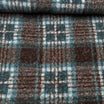
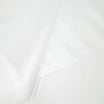


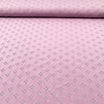

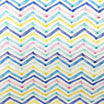
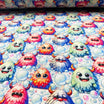



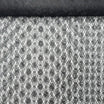
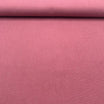


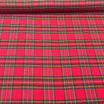

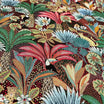
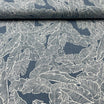

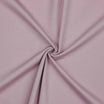
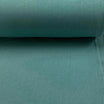



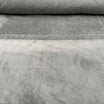
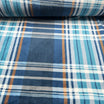
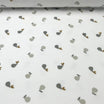
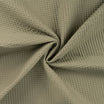





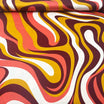

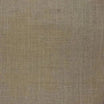
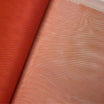
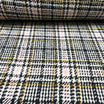
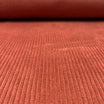
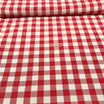
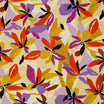
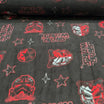

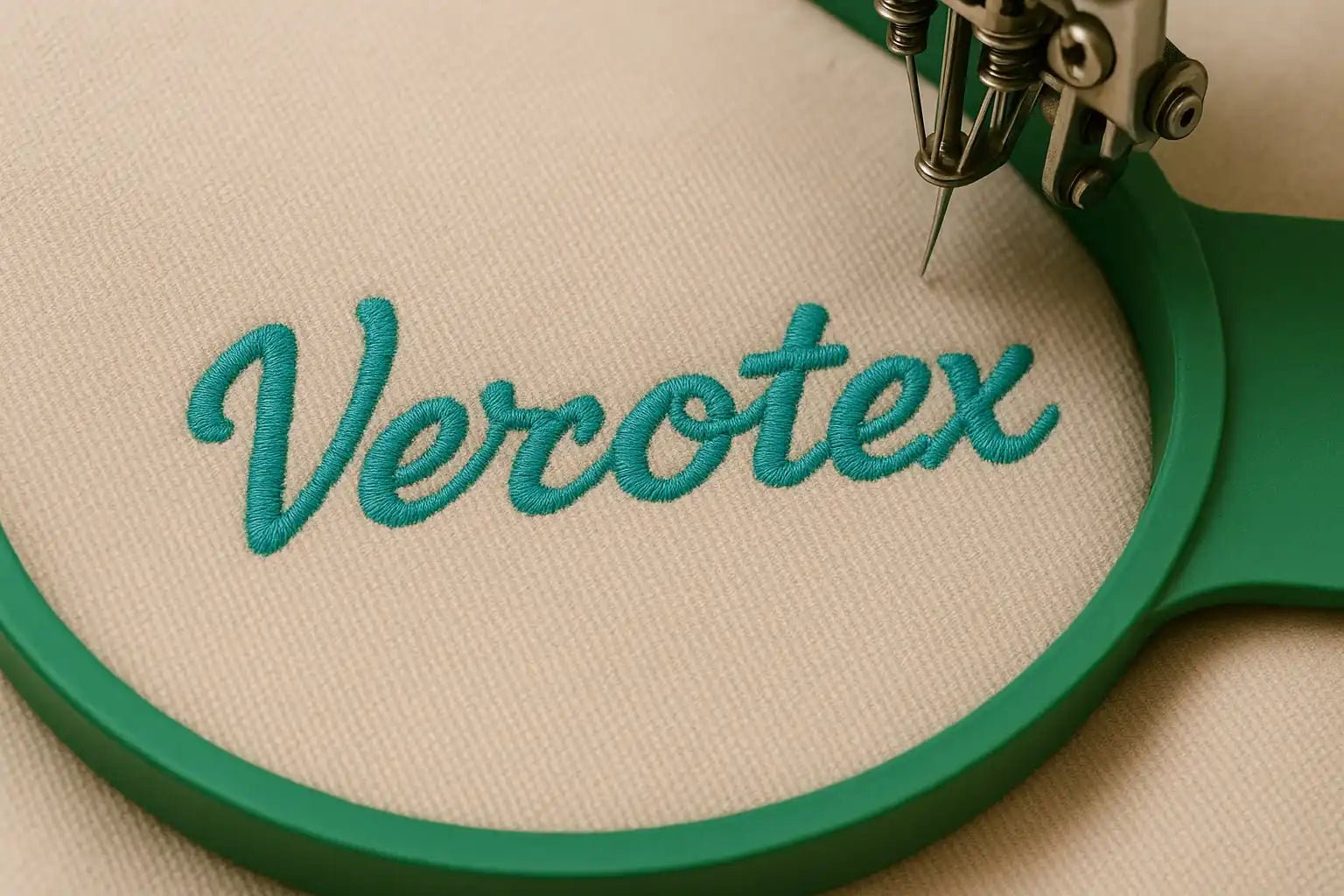
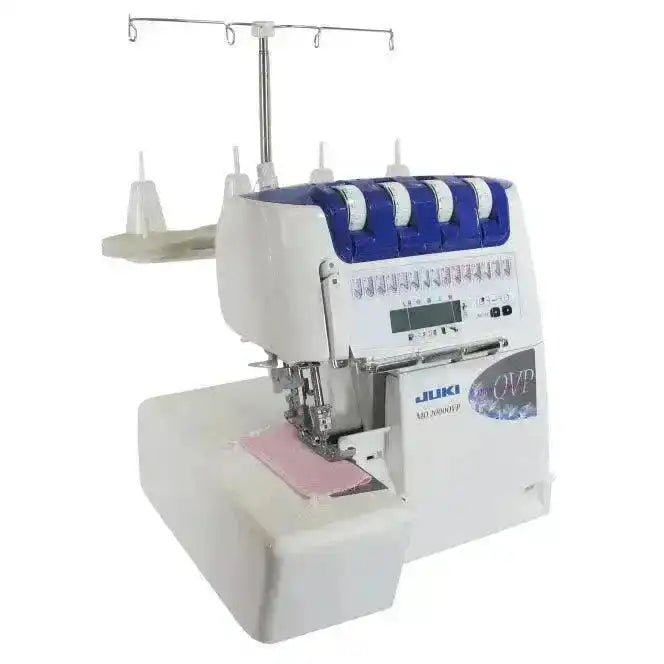
Leave a comment
All comments are moderated before being published.
This site is protected by hCaptcha and the hCaptcha Privacy Policy and Terms of Service apply.